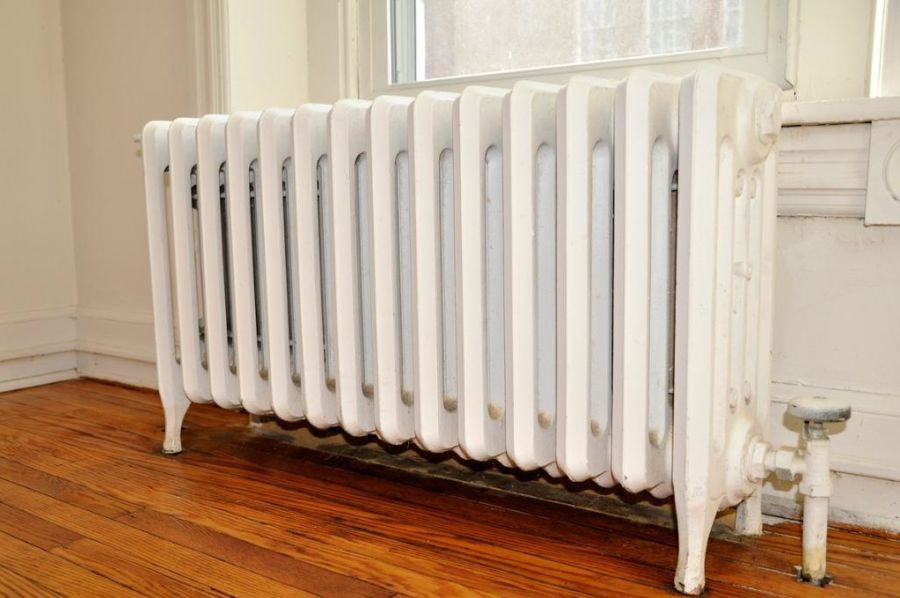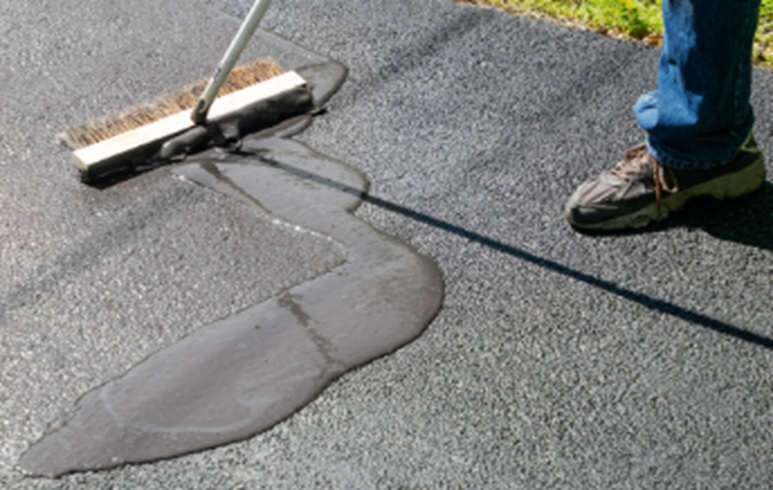When it comes to home heating, radiators play an essential role in ensuring that your living space remains warm and comfortable during the colder months. Whether you’re relying on traditional central heating or a more modern system, radiators are at the heart of the process. Understanding how they work and the various types available can help you maintain an efficient and effective heating system, contributing to both comfort and energy savings.
1. What Are Radiators?
Radiators are devices designed to transfer heat from your home’s heating system into the surrounding air. Most commonly, they are found in central heating systems, where hot water or steam circulates through the radiator’s metal fins. These fins absorb heat from the water or steam and release it into the room, warming the air. The process is generally driven by either a boiler, heat pump, or another source of heat.
The type of radiator used in your home can vary, with the most common being panel radiators, column radiators, and towel rails. The size, design, and material of a radiator all play a part in how efficiently it distributes heat throughout a room.
2. How Do Radiators Work?
Radiators operate based on the principle of heat transfer. The heating system pumps hot water or steam through the radiator pipes, where the heat is absorbed by the metal. The metal then radiates that heat into the air, warming the room. This process involves three types of heat transfer:
- Conduction: The heat from the water or steam is transferred directly to the metal radiator surface.
- Convection: The warm metal heats the air surrounding the radiator. As the air becomes warmer, it rises, and cooler air from the room moves towards the radiator to replace it. This creates a continuous cycle of warm air distribution.
- Radiation: In some cases, radiators also emit infrared radiation, which heats the objects and people directly in the room, creating a more uniform warmth.
Understanding this cycle is crucial for ensuring your heating system is running optimally and distributing heat effectively.
3. Types of Radiators
There are several different types of radiators, each suited to different needs and spaces. Choosing the right type for your home is key to achieving efficient heating.
- Panel Radiators: The most common type of radiator, panel radiators are usually flat and feature a simple design. They are effective at transferring heat and are often installed on walls. They come in various sizes and can be used in most homes.
- Column Radiators: Made up of vertical columns, these radiators are often favored for their traditional look and are typically more efficient in larger spaces due to their higher heat output. They’re an excellent choice if you’re looking to add a vintage or period style to your home.
- Towel Rails: Ideal for bathrooms, towel rails not only heat your space but also provide a convenient way to dry towels. They work similarly to other radiators but are designed to double as both a heating and drying solution.
Understanding the different radiator types allows you to select the best option based on the needs of each room, whether it’s for efficiency, style, or space constraints.
4. Radiators and Home Comfort
One of the primary functions of a radiator is to enhance your overall comfort by maintaining a consistent temperature throughout your home. The heat they provide is essential for combating the chill of colder weather, but their role extends beyond just warmth.
- Even Heat Distribution: A well-functioning radiator system ensures that every room in your home is evenly heated, preventing cold spots and helping to maintain a comfortable environment. In a well-balanced system, each radiator should be capable of heating the room adequately without overloading.
- Thermal Comfort: Radiators help to maintain a consistent indoor climate by keeping the room temperature stable, reducing sudden fluctuations that could make the environment feel uncomfortable.
To ensure your radiators are working as they should, it’s important to have them properly installed and maintained. Blockages, leaks, or air trapped in the system can impair their efficiency, leading to uneven heat distribution.
5. The Importance of Radiator Maintenance
Proper maintenance is essential to ensure that radiators continue to function optimally and provide reliable warmth when needed. Without adequate care, radiators can become less effective and may even break down.
- Bleeding Radiators: Over time, air can become trapped in the radiator system, causing the radiators to work inefficiently. Bleeding the radiators, or releasing the trapped air, helps restore their heating performance. This is a simple task that can be done with a radiator key and does not require professional assistance.
- Cleaning and Flushing: Dirt, rust, and limescale can accumulate inside radiators and affect their efficiency. If you notice that your radiators are not heating up properly, a professional may need to flush the system to remove any debris.
- Checking for Leaks: Leaks in the radiator system can lead to reduced heating performance, higher energy bills, and potential water damage. Regularly check for any signs of leaks or dampness around the radiator pipes and joints.
Keeping your radiators in good condition not only extends their lifespan but also ensures they are operating at peak efficiency, reducing energy consumption and heating costs.
6. Energy Efficiency and Radiators
Radiators contribute to the overall energy efficiency of your home’s heating system. The more efficiently your radiators operate, the less energy is needed to maintain a comfortable temperature. Several factors influence radiator efficiency:
- Size and Placement: Ensuring that radiators are appropriately sized for the room and placed in areas where they can effectively heat the space is crucial. A radiator that is too small for a room will have to work harder to heat the area, increasing energy consumption.
- Thermostatic Radiator Valves (TRVs): Installing TRVs on your radiators allows you to control the temperature in each room individually, preventing over-heating in unused spaces and ensuring energy is not wasted.
By optimizing your radiator system, you can significantly reduce your household’s energy consumption, contributing to lower utility bills and a more environmentally friendly home.
7. Conclusion
Radiators are more than just heating elements; they are an integral part of your home’s overall heating system. By understanding how they work, maintaining them properly, and choosing the right type for each room, you can ensure that your home remains warm and comfortable throughout the colder months. With the right care and consideration, your radiators can enhance both your home’s aesthetic and energy efficiency, offering you consistent, reliable warmth when you need it most.






